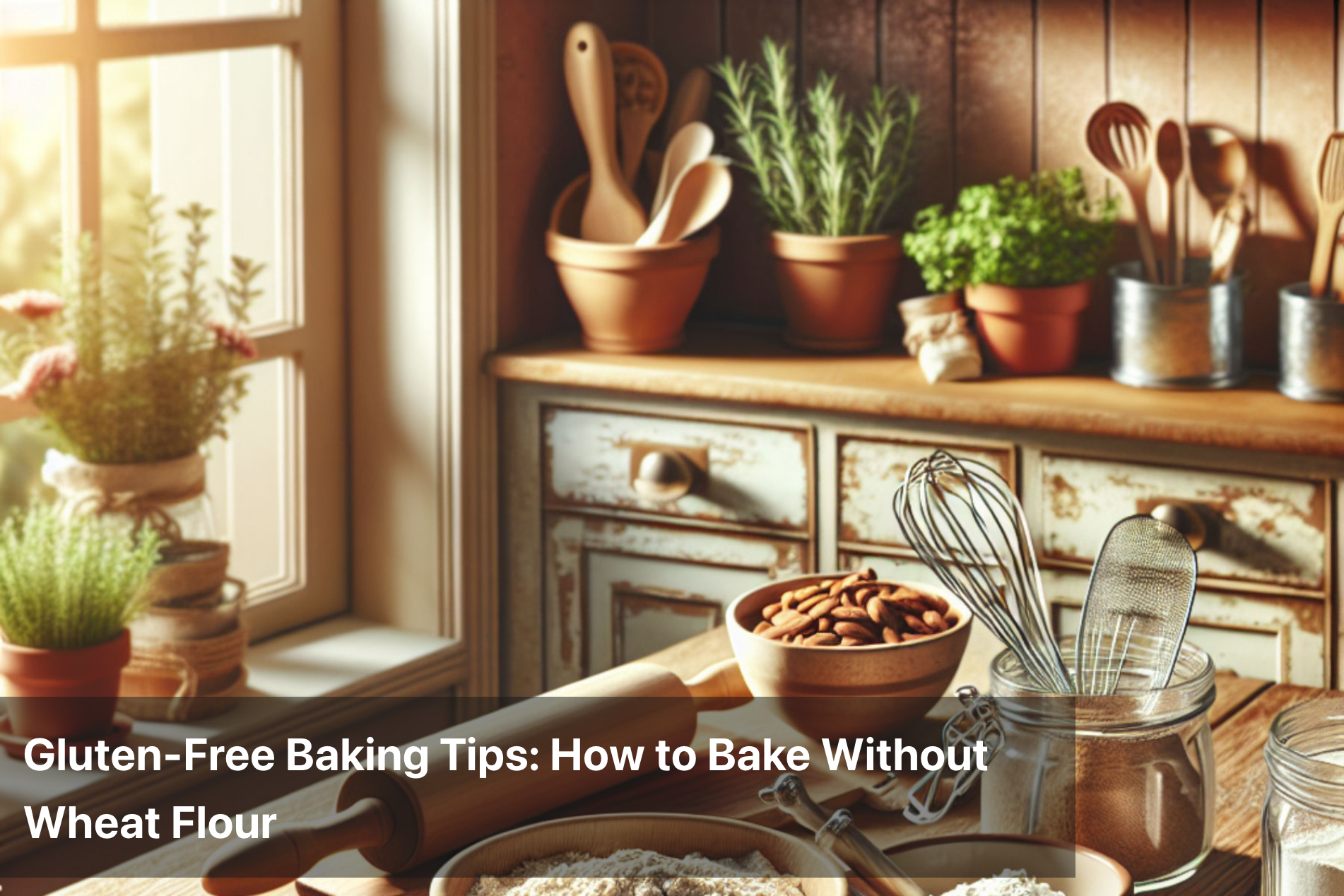
Gluten-Free Baking Tips: How to Bake Without Wheat Flour
The growing awareness of gluten intolerance, celiac disease, and other related sensitivities has brought gluten-free baking into the spotlight. For those who cannot consume wheat, barley, or rye, baking without traditional flour becomes a necessity rather than a preference. However, gluten—the protein in wheat that gives dough elasticity and structure—is hard to replace. Successful gluten-free baking requires an understanding of alternative flours, binding agents, and how to recreate the structure and moisture that gluten provides.

Why People Avoid Gluten: Underlying Health Conditions
Gluten-related disorders are more common than ever. People adopt gluten-free diets not only due to celiac disease but also due to non-celiac gluten sensitivity or wheat allergies.
-
Celiac disease is an autoimmune condition where the ingestion of gluten damages the small intestine lining, leading to poor nutrient absorption, fatigue, and digestive distress.
-
Non-celiac gluten sensitivity (NCGS) causes symptoms similar to celiac disease but without the autoimmune response or intestinal damage. People may experience bloating, brain fog, or headaches.
-
Wheat allergy is an immune response to proteins in wheat (not just gluten), which can lead to skin rashes, respiratory issues, and even anaphylaxis in severe cases.
These conditions necessitate the elimination of gluten from the diet, making gluten-free baking essential for nutritional and psychological well-being.
Key Challenges in Gluten-Free Baking
Baking without wheat flour means letting go of gluten’s natural elasticity and structure. This creates a set of unique challenges:
-
Lack of structure: Without gluten, baked goods tend to be crumbly or dry.
-
Flavor differences: Alternative flours have distinct flavors that can affect the overall taste.
-
Shorter shelf life: Gluten-free baked items often spoil quicker and lose freshness faster.
-
Absorption issues: Gluten-free flours absorb more or less moisture than wheat flour, impacting texture.
Understanding these challenges helps in choosing the right substitutions and techniques.
Popular Gluten-Free Flour Substitutes
Different gluten-free flours serve different roles in baking. Blending them often yields the best results. Below is a comparative table of some commonly used alternatives:
|
Flour Substitute |
Characteristics |
Best Used For |
|---|---|---|
|
Almond flour |
Rich, moist, adds density |
Cookies, cakes, muffins |
|
Rice flour |
Neutral flavor, slightly gritty |
Breads, crackers |
|
Coconut flour |
Absorbs a lot of liquid, adds sweetness |
Pancakes, brownies, dense cakes |
|
Sorghum flour |
Mild, sweet, good for blending |
Breads, muffins |
|
Buckwheat flour |
Strong earthy flavor, nutrient-dense |
Pancakes, rustic breads |
|
Tapioca starch |
Adds chewiness and light texture |
Breads, tortillas |
|
Chickpea flour |
Nutty flavor, high protein |
Savory baked goods, flatbreads |
Essential Tips for Gluten-Free Baking
-
Use flour blends instead of a single flour
Combining several gluten-free flours balances texture, flavor, and structure. Pre-made gluten-free flour blends are also widely available and reduce experimentation time. -
Incorporate binders
Gluten-free dough needs additional support. Ingredients like xanthan gum, guar gum, psyllium husk, and ground flaxseeds help bind the ingredients and mimic gluten’s elasticity. -
Allow resting time
Letting the batter or dough rest before baking allows flours like rice and coconut to absorb liquid fully, which improves the texture. -
Adjust liquids
Coconut and chickpea flours, for instance, absorb more liquid than wheat flour. Monitor consistency and increase wet ingredients as needed. -
Use room-temperature ingredients
Cold ingredients can make the batter seize or clump. Bringing everything to room temperature ensures smoother blending. -
Don’t skip acid-leavening reactions
Gluten-free recipes benefit from the lift provided by the reaction between baking soda and acidic ingredients like yogurt, vinegar, or lemon juice.
Importance of Texture and Moisture
Gluten-free baked goods can often turn out dry or gritty. Here are a few techniques to improve softness and mouthfeel:
-
Add moisture using yogurt, applesauce, mashed bananas, or zucchini puree.
-
Choose recipes that include eggs, as they improve rise and binding.
-
Consider steaming or covering during baking to retain moisture.
Cross-Contamination Awareness
A critical aspect of gluten-free baking is avoiding cross-contamination, especially for individuals with celiac disease. Even trace amounts of gluten can trigger a reaction.
-
Use separate kitchen tools, baking trays, and utensils.
-
Avoid using wooden spoons or porous surfaces that may harbor gluten residues.
-
Clean countertops and store gluten-free ingredients in sealed containers.
Nutritional Considerations in Gluten-Free Baking
While baking without wheat can reduce digestive issues, it's important not to miss out on essential nutrients like fiber, iron, and B vitamins often present in whole wheat. Nutritional gaps can be filled by:
-
Including nutrient-rich flours like buckwheat, chickpea, and sorghum.
-
Using additives like chia seeds, flaxseeds, or nutritional yeast.
-
Fortifying with nuts, seeds, or fruit for added fiber and micronutrients.

Innovations in Gluten-Free Baking
With the rising demand, food technology has advanced significantly in the gluten-free sector. Some notable trends include:
-
Enzyme-based solutions: Used to mimic the elasticity of gluten.
-
Aquafaba: Chickpea water used as an egg substitute and binder in vegan gluten-free baking.
-
Fermented flours: Improve gut-friendliness and enhance the bioavailability of nutrients.
Summary
Gluten-free baking is both a science and an art. It requires thoughtful substitutions, a good grasp of flour properties, and attention to structure, moisture, and flavor. While it may take time to perfect, it enables individuals with celiac disease, gluten intolerance, or wheat allergies to enjoy baked treats without compromising their health. Through smart flour combinations, mindful preparation, and cross-contamination control, baking without wheat flour becomes not only achievable but also deliciously rewarding.
This Blog post is an initiative by Lo! Foods, to provide accurate and Nutritionist / Doctor approved information related to Health. Lo! Foods is India's leading brand for Everyday Functional Foods. Foods designed for specific Health conditions or Needs. Lo! Foods also runs India's largest range of Low Carb Healthy Cloud Kitchens, under the brand names of Lo!, ProteinChef, ATH (All Things Healthy) and DiabeSmart.



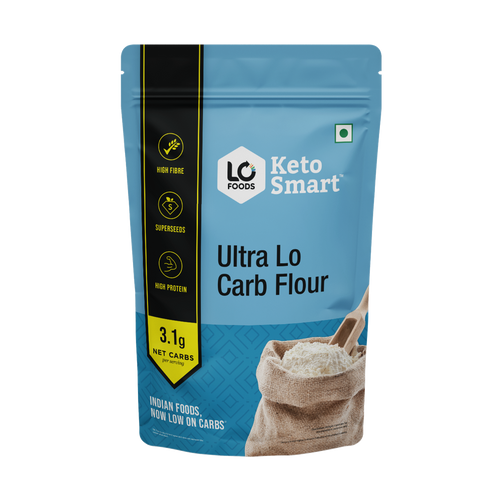
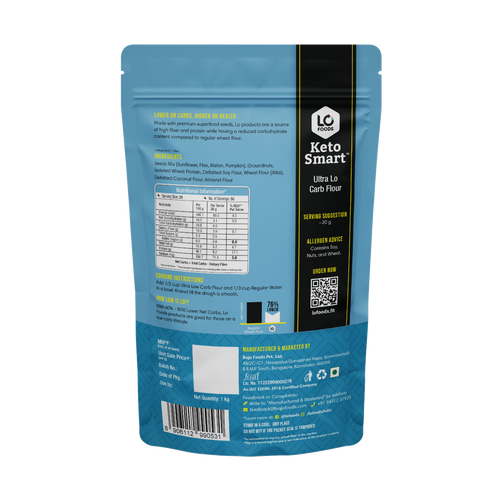
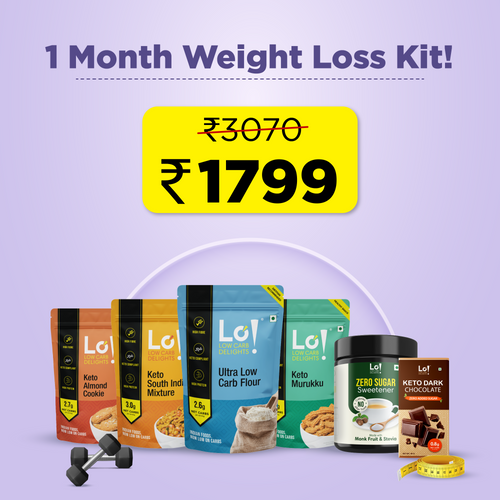
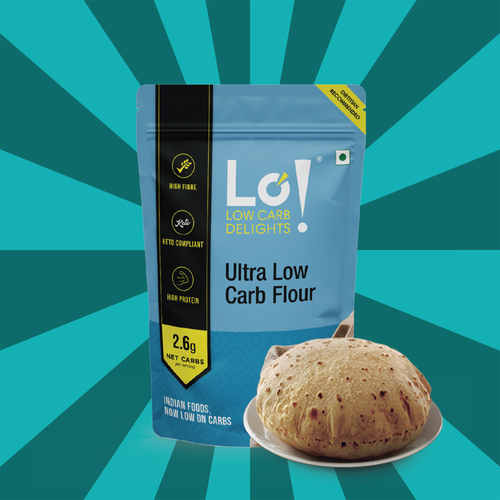



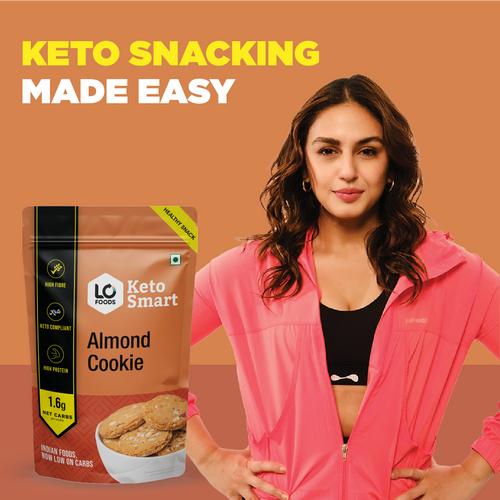
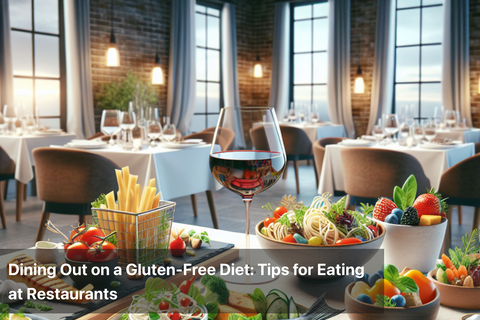
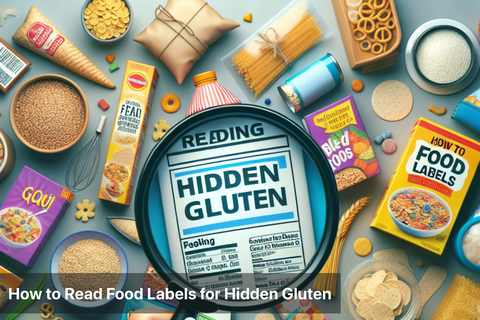

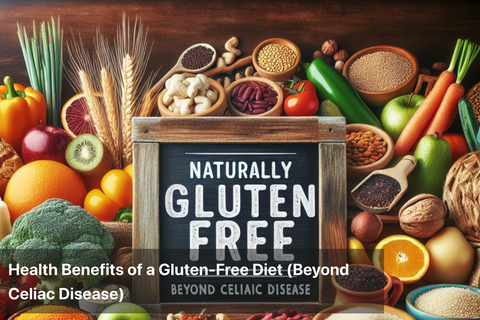
Leave a comment
Your email address will not be published.